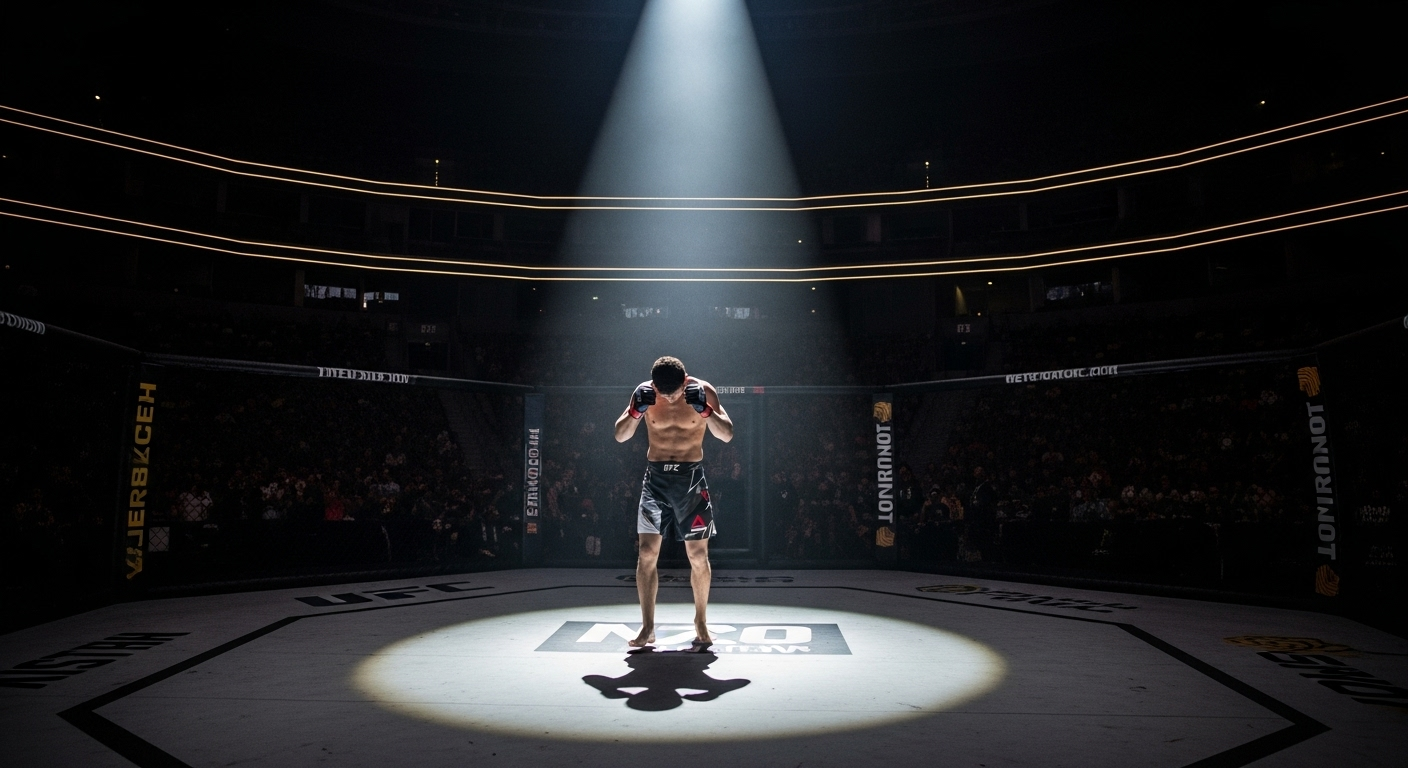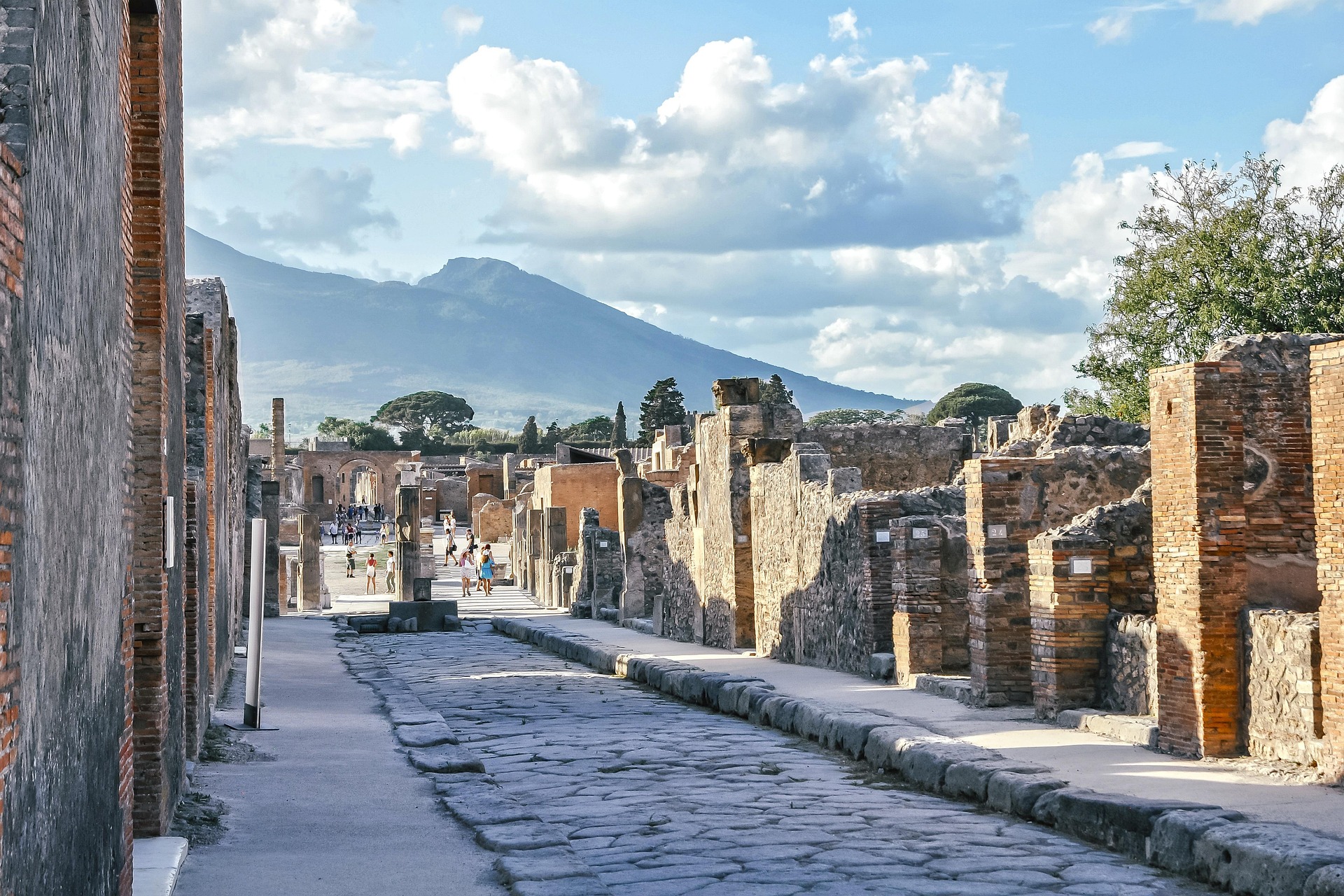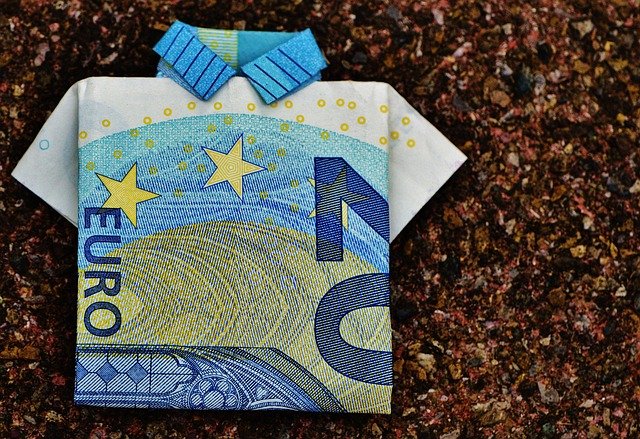Breaking Barriers: The Emergence of Mixed Martial Arts
Mixed Martial Arts (MMA) is an explosive fusion of techniques drawn from various combat disciplines. Its dynamic nature and raw intensity have captivated audiences worldwide. This article delves into the fascinating journey of MMA, from its obscure beginnings to its meteoric rise in the world of sports.

Origins and Evolution: Fighting in its Purest Form
MMA traces its roots back to the ancient Olympic Games in 648 BCE when Pankration—a blend of boxing and wrestling—was introduced. This combat sport allowed strikes, grappling, and submissions, mirroring the unrestricted nature of modern MMA. However, it wasn’t until the late 20th century that MMA took a form recognisable to today’s fans.
In the early 1990s, the Gracie family from Brazil introduced Vale Tudo—Portuguese for “anything goes”—to the United States. This was the inception of the Ultimate Fighting Championship (UFC), the premier organization in MMA today. The initial contests were raw and brutal, designed to determine which martial art reigned supreme.
Modern MMA: A Melting Pot of Disciplines
Today’s MMA is a refined sport, blending striking and grappling techniques from disciplines like Boxing, Muay Thai, Brazilian Jiu-Jitsu, and Wrestling. Fighters must master elements from each discipline, making MMA one of the most challenging sports to train for.
The current landscape of MMA is a testament to the sport’s evolution. It’s not just about the strongest or the most aggressive competitor anymore. Instead, it’s about strategy, technique, and mental fortitude. This shift is largely due to increased safety regulations, weight classes, and defined rules.
Training for the Cage: A Test of Endurance and Skill
Training for MMA is grueling and multidimensional. It requires a unique blend of strength, agility, endurance, and technical proficiency. Moreover, mental strength is crucial—fighters must remain focused and resilient despite the physical and emotional toll of training.
Despite these challenges, MMA training can have several benefits. It promotes physical fitness, discipline, and self-confidence. Plus, learning self-defense techniques can be empowering.
MMA’s Impact: More than Just a Sport
MMA’s influence extends beyond the cage. It has challenged traditional notions of martial arts, showcasing the effectiveness of hybrid fighting styles. Furthermore, it has created a platform for athletes globally to showcase their skills and earn recognition.
MMA has also spurred discussions about safety in combat sports, leading to improved regulations and medical protocols. This has had a ripple effect on other sports, highlighting the importance of athlete welfare.
In conclusion, MMA is a captivating spectacle that, despite its relative youth, has significantly influenced the global sports landscape. Its blend of various martial arts disciplines, intense training regimes, and resilience of its athletes offers a fresh and exciting perspective on what sport can be. As MMA continues to evolve, its impact will undoubtedly continue to reverberate throughout the sporting world.




